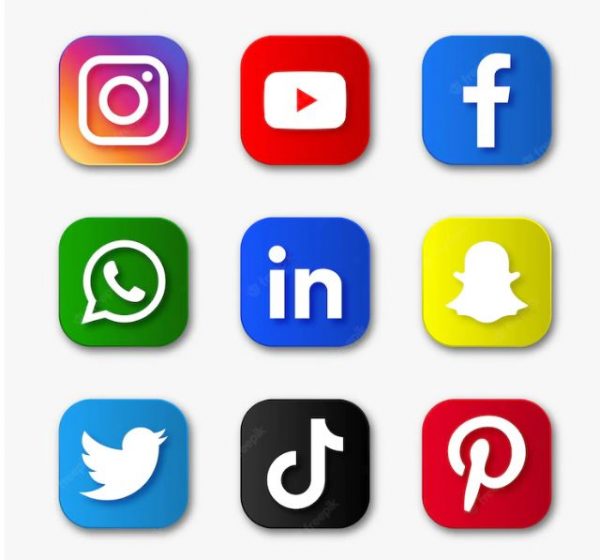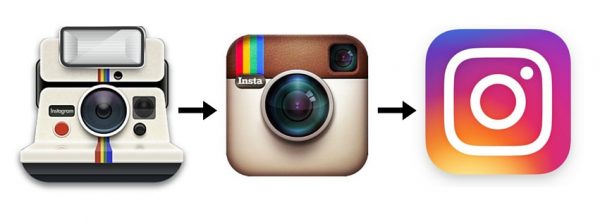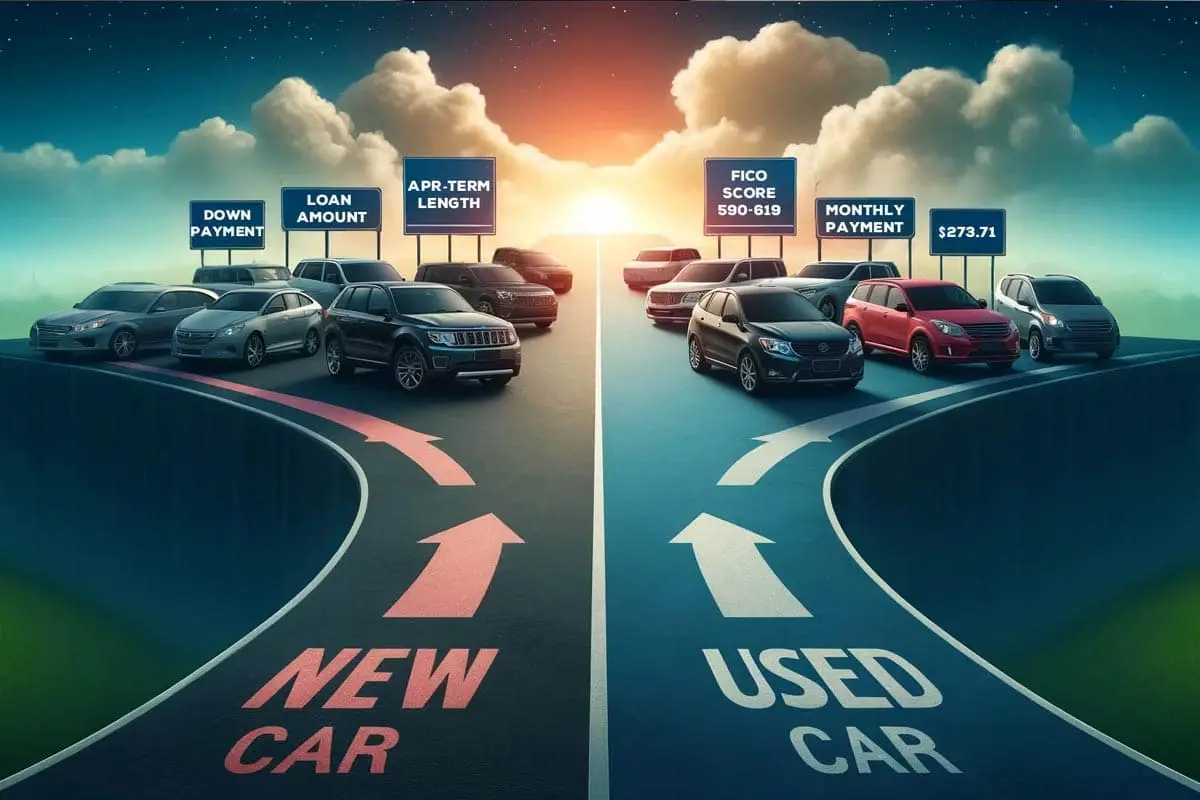Self Promoting On Social Media
For better or worse, social media has become an all-pervasive feature of our time, impacting everything from how we think and communicate to the way we relate to one and other at the most personal level. Some degree of online literacy has become prerequisite for professional development of any kind, and for emerging artists looking to establish themselves in a creative field this can be daunting. Contemporary artists are expected to develop a strong online presence and personal brand while also possessing the tech-savvy to navigate social media platforms and successfully utilize them as a self-marketing tool.
Especially for those less comfortable in the online space, this may require a whole new skillset in addition to the time spent refining their craft. This is further complicated by platforms implementing ongoing changes and modifications to how they function. Instagram recently introduced new features in an apparent bid to compete with the growing ubiquity of Tik-Tok, but with significant throwback from users, including from high-profile instagrammers like Kylie Jenner, they eventually rolled back the changes (though it looks like they may be back to promoting mostly videos). How can artists successfully navigate their offline and online presence, having their social media work for them, rather than feeling beholden to it?

Why Self-Promote?
Time is perhaps the most precious thing we can have as emerging artists – without the space and freedom to develop and the self-discipline required to develop a strong body of work, there is no art to promote. Online life and its addictive scrolling—not to mention the reward-system stimulating feedback created by likes and shares— can become a major distraction, and an impediment to creativity. Most artists want to achieve balance between time spent online in pursuit of exposure and time devoted to cultivating the work itself. Cultivating this balance, and developing a sealed-off space resistant to chatter and unwanted opinions – is perhaps vital to positive creative development.
It’s often said that creators should find meaning in the process. However, it’s a rare artist that doesn’t actively seek recognition for their work. Outsider artist Henry Darger is an interesting example —after his death, his landlord discovered hundreds of unseen paintings in his home in Chicago. Similarly, after spending her working life as a nanny, the street photography of Vivien Maier was found in a storage locker and auctioned off after her death. Twentieth century abstract artists and mystics Hilma af Klint and Emma Kunz declared their work not be exhibited until the twenty-first century, with both achieving posthumous success in recent years. And yet most art is driven, at least in part, by a desire to connect. Great art speaks for itself, but without exposure, there’s no means of achieving connection.
Across all creative fields, social media has radically altered how exposure is mediated by providing a means to bypass traditional gate-keepers—in the art world, curators, gallerists and art journalists no longer exclusively hold sway over which emerging artists gain recognition. So how can artists make use of that potential and find social media success?
Knowing your audience
Once you have developed a significant body of work and are ready to share it with the world, it’s time to consider the question of audience. Who is your potential buyer? How would you contextualize your work—where does it fit within the broader traditions of art history? Who are your influences and who were theirs? Define your personal aesthetic and seek out those that share it—whether that’s other artists, brands, or creative communities—and network the corners of your niche. It can also be helpful to take a cross-medium approach – if you’re a photographer who travels, seek out alternative travel companies that share a common sensibility and invite them to collaborate. If your work fits into the eco-art tradition, seek out environmental organizations and activist groups. It you’re a foodie, seek out small businesses to collaborate on branding and product art.
Understanding your medium
Knowing your audience stems from developing a strong connection to yourself and your work. Figuring out how your own unique venn diagram intersects with other artists, social movements and broader communities is pivotal to figuring out how to promote your art. Consider your skillset – if you’re good with video, you’ll probably be great on Tik-Tok. If your work is more traditional, Instagram and Pinterest might be a better fit. And it’s always beneficial to build a personal website that reflects your taste and frames your work in the best light.
If your work is highly visual, then developing your own photography skills, or developing bonds with photographers with a complementary style, is an ideal way to document your process. If you’re good at video editing, recording yourself while you work is a great way to share your process. Cole Newman is an excellent example of doing this successfully.
Are you a skilled writer and able to build a story to document your process? Developing a personal blog – or using websites like medium – is a great way of gaining exposure. It’s all about figuring out how to combine your personal skills and talents to present your work and reach the audience most suited to it. Once you’ve decided on your medium, you can easily scale your work to spread it across multiple platforms – a how-to YouTube tutorial can be easily chopped up and shared on Tik-Tok and Instagram. A single blog-post can be repurposed as a newsletter or twitter-thread.
Keeping up with the times

Keeping up with the constantly changing world of apps and their constituent fads can be all-consuming – it can pull you away from the work you love and come to feel like a full-time job in itself. But navigating online life doesn’t have to feel like negotiating a behemoth – the pandemic has showed us how positive online communities can deepen bonds and create meaningful connection where it would otherwise be lacking.
I personally love online forums like reddit. Places like /r/artistlounge and /r/instagram have saved me from losing my confidence this past year. I realized there was plenty of other people struggling with the same issues. I wasn’t alone. My posts didn’t suck. Instagram had just changed its algorithm. Connecting with local and online art communities keeps you plugged into the world and learning from others. Reach out to your communities, share skills and tips. Align and collaborate with those with similar goals. Avoid negative interaction and know when to switch off. Focus instead on what makes you feel good, celebrate yourself and others and put your work out there.


/cdn.vox-cdn.com/uploads/chorus_image/image/62810996/Amm_DeepSentinel_01.0.jpg)

More Stories
Lookers Volkswagen Preston wins Motability Awards
Most small crossovers fail to protect rear passengers in new IIHS crash test
10 Best Christmas Vacations in the World